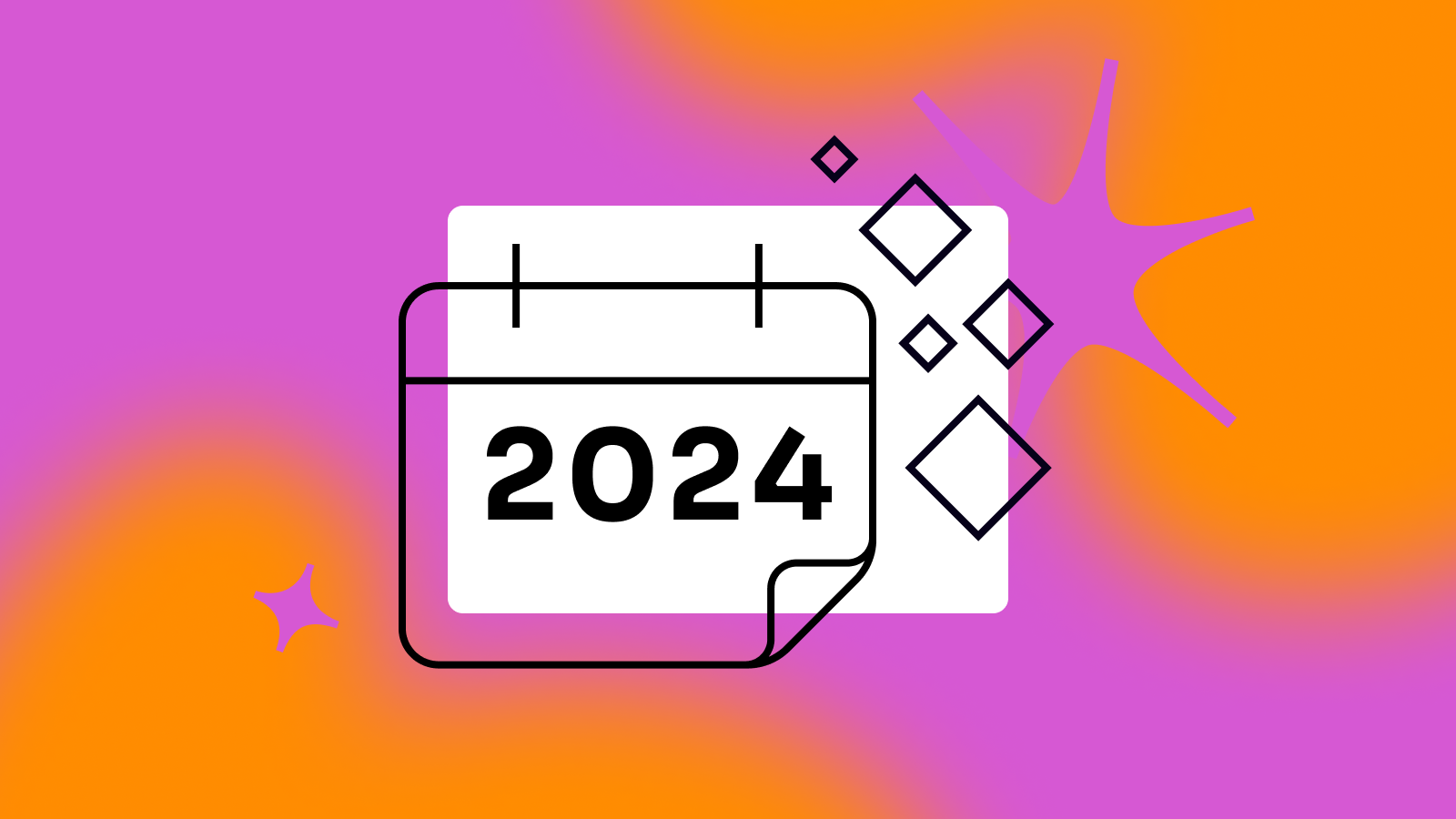Your ideas could be messing up your product roadmap. Yes, you read that right. Wait, aren’t great ideas the fuel of a good product roadmap? Sure, to some extent. But are you suffering from challenges like having a hard time sticking to your roadmap and delivering against it? Half-done or low-quality features? Constantly switching priorities, or too much WIP? Well, it may just be because of your ideas.
First, let’s clarify what I mean by roadmap: a high-level plan of the main product features your organization plans to deliver in the next three to 18 months. The planning horizon depends on your industry, market volatility, the maturity and lifecycle stage of your product, and your organization’s ability to predict product delivery with reasonable accuracy. While there are also goal-based roadmaps, many organizations tend to focus on features, so for this discussion, we’ll stick with that.
At the Speed of Ideas
So what about those ideas? True, good ideas are certainly important when it comes to building a great product roadmap and without them, products languish and become irrelevant. That said, there is what I like to call idea velocity. It’s the speed at which new product ideas “arrive” and are hatched by product managers, the chief product officer, or even customers. So if there are four new ideas every month, your idea velocity is one idea per week.
Then there is what I would call execution velocity. It’s the speed at which the organization and its development teams are able to turn ideas into working software of good quality. So if your teams can churn out and implement two ideas per month, your execution velocity is basically half an idea per week.
Mismatched Velocities
So here’s where the problem may start: a mismatch between your idea and your execution velocity. If your idea velocity is significantly higher than your execution velocity, the organization can’t keep up and one (or more) of the following things happen:
- Your ideas/product backlog grows and grows.
- Your stakeholders become frustrated and angry at “how long things take.”
- The teams are asked to “make progress” on all the great things in the backlog and start working on multiple ideas at the same time causing high WIP and slow progress.
- Ideas that seemed super important yesterday are trumped by today’s new ideas and the team is asked to pause their implementation and switch to a new priority. Half-done features pile up, which—as the Lean folks will point out—is a waste.
- The team is pressed to release what they already have developed, even if it is still pre-MVP, not fully refined, buggy, or of insufficient quality. Such immature features end up not making anyone happy and don’t meet their goals. Yet, often teams won’t have a chance to come back and make them all they could (or should) have been.
- Technical debt is incurred with little hope of making the time to pay it off. The platform becomes more brittle over time.
Catching up to your Ideas
So how can one stabilize the product roadmap and bring idea and execution velocity into a healthy balance? One approach could certainly be to increase execution velocity by spinning up new teams, hiring more people, investing in automation, and coaching the teams to higher levels of performance. Of course, this is not always feasible. Regardless, the expected yields aren’t always sufficient to solve the problem.
A better way to go about this may be to apply more discipline to the ideas-side of the equation. Here’s how:
- Let those generating ideas be involved with (or at least have visibility into) the execution, so they stay grounded in reality and have realistic expectations. Avoid the two sides getting disconnected.
- Look at each idea and ask yourself whether it supports the main purpose/value proposition of your product, fits with your product manifesto, and helps you achieve your product goals.
- Not all ideas are great ideas, so get religious about validating problem/solution fit and product/market fit. I like to utilize lean canvases. Conduct lean experiments and user research. Build and iterate on prototypes. Try design sprints. Any of these activities will help reduce the number of features hitting the development teams and home in on true value while avoiding output without impact. Don’t add anything to the roadmap that hasn’t been fully validated and vetted.
- Features shouldn’t just be cool but have tangible impact on your business. Look for ones that improve traction by improving acquisition, activation, referral, retention, and/or revenue.
- Prioritize your feature backlog clearly based on value and ROI. A methodical approach (such as WSJF) will be quite useful. Build your product roadmap accordingly. Limit WIP and assume that only a small number of major ideas can be executed at the same time.
- Once ideas enter execution, prevent stopping and switching at all cost. Refrain from redirecting the teams until at least a real, high-quality MVP has been released. Better yet, release the MVP and take the time to get feedback, measure results, and iterate/optimize to ensure the idea is truly executed well and meets its goals.
Lastly, be realistic about how long of a product roadmap you really need and can create given your circumstances. If you work on an early-stage product or in a market with high volatility, having a 12-month roadmap may just not be feasible.
Letting Go of Eureka Moments
Ideas are cheap, as they say, and they are plentiful. Great ideas are much harder to come by and also require discipline and work. And they also deserve great execution in order to really propel your product forward and delight customers. Only once you align idea and execution velocity do you have a good shot at developing a solid product roadmap and delivering against it in a predictable manner.

